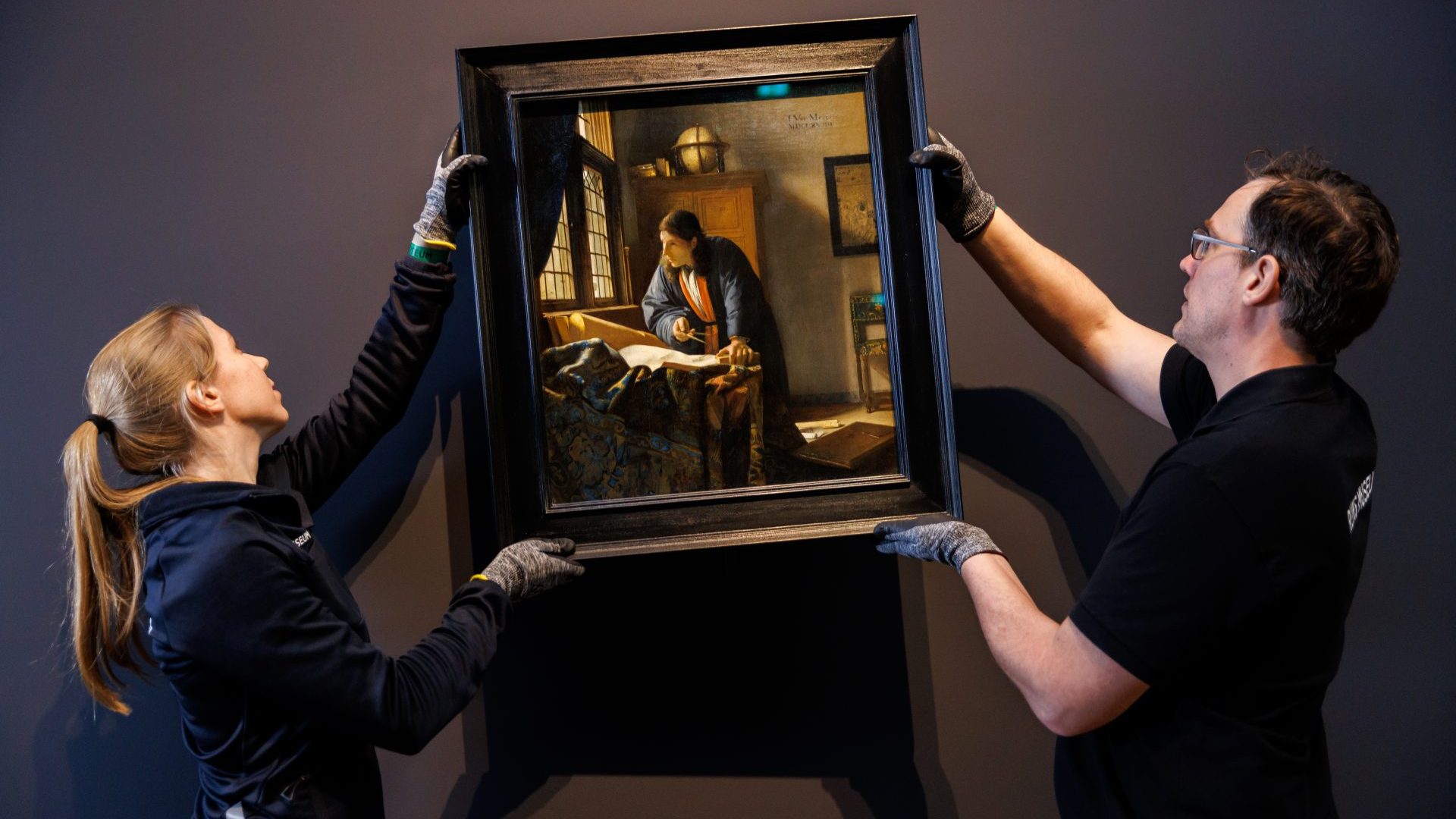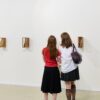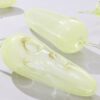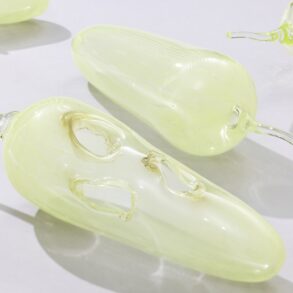
Never mind exhibition of the year, the Rijksmuseum’s Vermeer extravaganza was billed as the show to end them all. Just like the Dutch master’s jewel-like paintings, each one an invitation to enter a world of sensuous mystery and delight, the biggest Vermeer exhibition ever staged was a work in miniature, comprising 28 of 37 surviving paintings.
Ignoring the room of rather less brilliant early religious works, each and every one represented a moment of clock-stopping significance, from the incomparable Girl with a Pearl Earring to the View of Delft, the painting that famously ushered Proust’s Bergotte from this mortal realm.
Of cold comfort perhaps to the very many who failed to secure a ticket, though wondrous indeed, the show was proof also that Vermeer-ness – Vermeerity? – isn’t exponential. There is no grand effect, no cumulative impact, and seeing so many together only made me long to immerse myself in just one, and none more than those we are fortunate enough to have in London, free to visit on a whim, any day of the week.
Elsewhere, the total effect was very much to the point, and Alice Neel: Hot Off the Griddle was a triumph of exhibition design as much as scholarly insight, transforming the Barbican Art Gallery into a total environment, that allowed us to see and feel the painful interconnectedness of Neel’s art and life, which she painted “as it goes by, right hot off the griddle”. In Paris, the Musée d’Orsay’s Manet/Degas exhibition achieved something similar, transporting us back to the 1860s, and the Salon exhibitions that held such sway over artists’ fortunes. A pleasing cross-channel synchronicity meant that their great friend and colleague Berthe Morisot was honoured with a show to herself at Dulwich Picture Gallery, one of several standout exhibitions in 2023 that moved beyond simply flagging the work of “forgotten” artist women, to consider the more complex fate of women highly regarded in their own time, but quite deliberately erased thereafter.
Perhaps the most dramatic was at the Whitechapel Gallery in London, where the curators of Action, Gesture, Paint defenestrated the aggressively white American male domain of Abstract Expressionism to champion an entire generation of 81 international artist women. We’re not talking second-rate copycats: painters like Lee Krasner, Helen Frankenthaler, Perle Fine and Judith Godwin were a respected part of the New York scene, promoted alongside Barnett Newman, Mark Rothko and Jackson Pollock by the painter and gallerist Betty Parsons.
Despite its title, Matisse, Derain and their Friends, at Kunstmuseum Basel until 21 January, achieves something rather similar, building a nuanced picture of the ostensibly testosterone-addled Fauves, and the significant impact of pioneering art dealer Berthe Weill, artists including Émilie Charmy and Marie Laurencin, and the sex workers that feature so heavily in Fauve paintings.
An important woman on the Paris art scene of the 1880s, Harriet Backer is famous in her native Norway, where she is currently the subject of a comprehensive and beautifully conceived retrospective. Happily, the show begins a European tour in the New Year, and will open at Backer’s spiritual home, the Musée d’Orsay, later in 2024.
This post was originally published on this site be sure to check out more of their content








